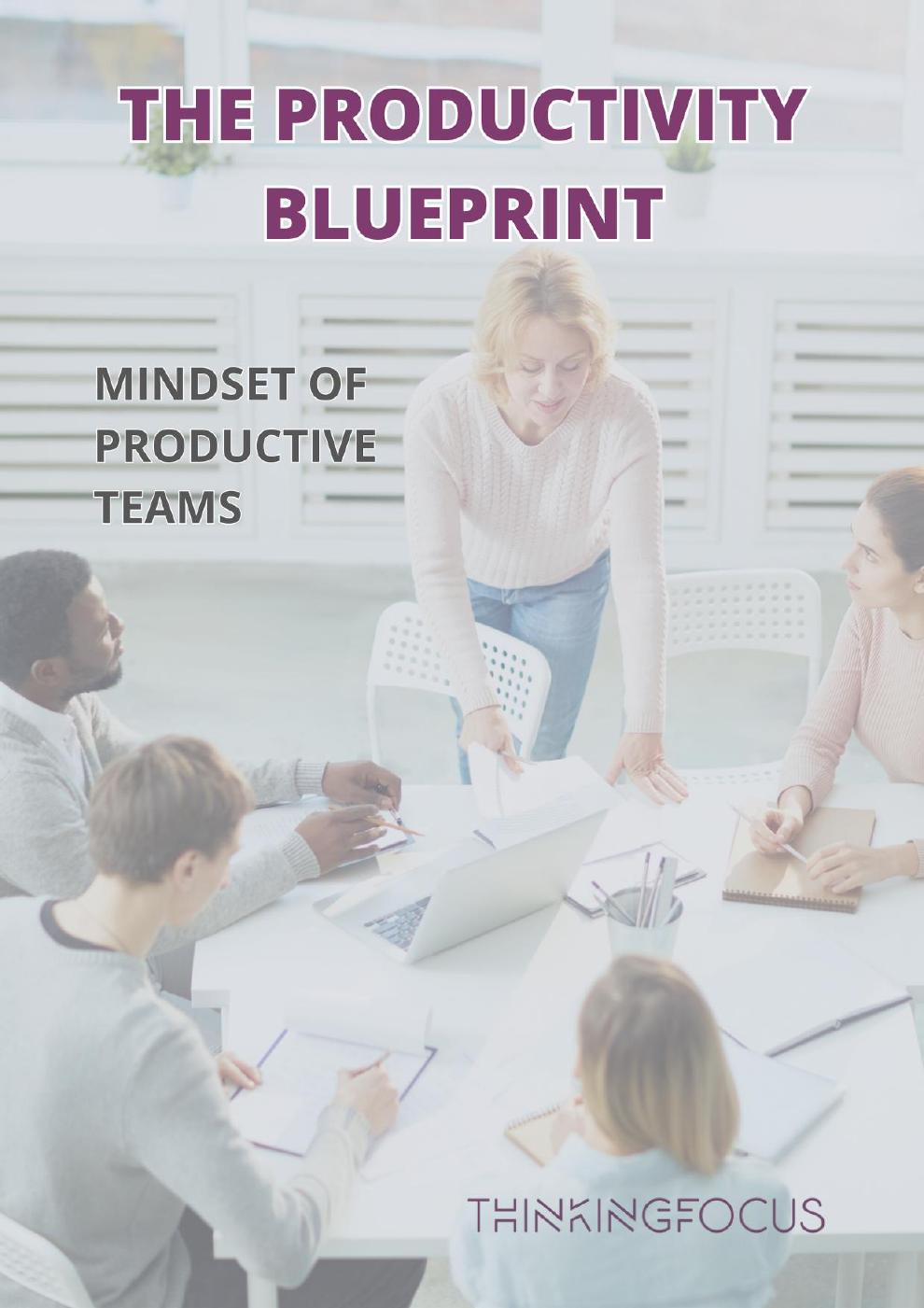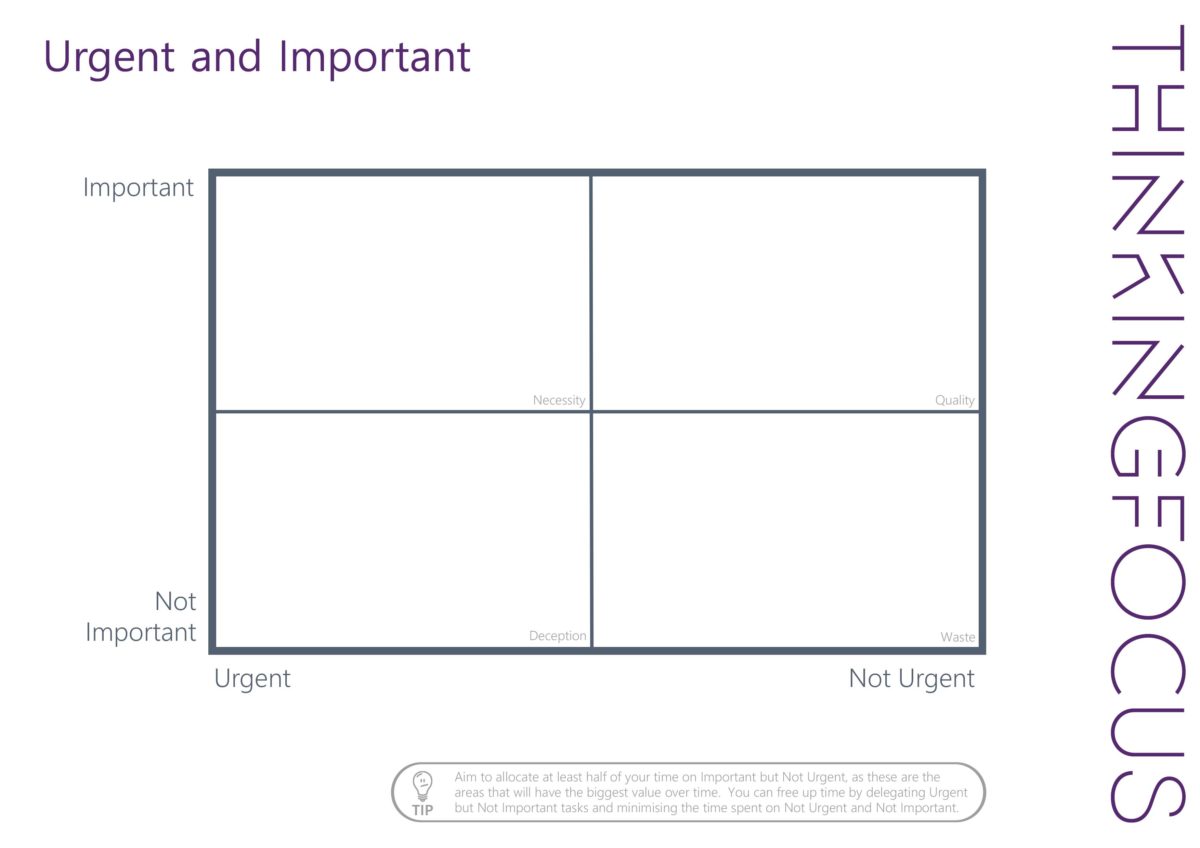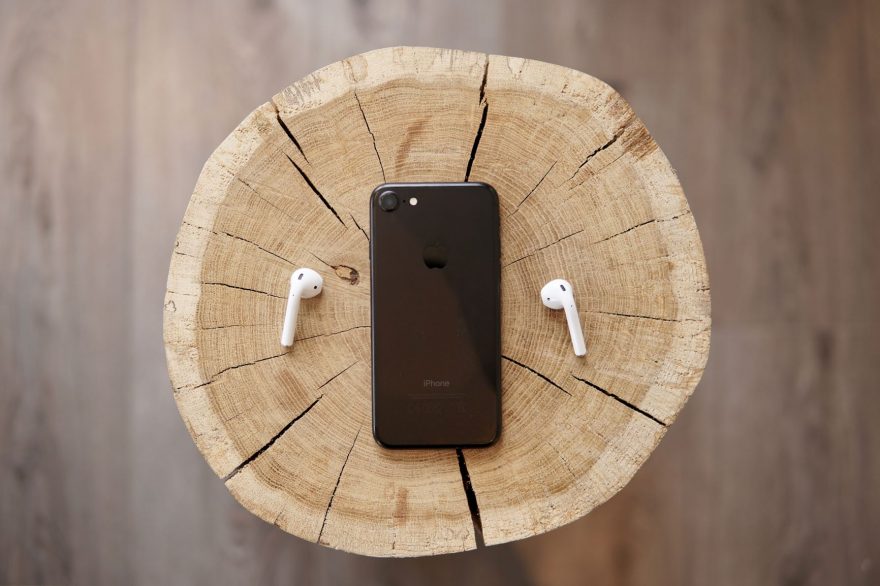Join us as we talk to Barry Mellis, who shares his journey from Golf Professional to General Manager for Asics in South Africa and Africa.
Early in his career, he swapped the fairways for selling golf equipment. Having found his niche in sales, he joined the world’s leading sports brand – Adidas. He spent 20 years developing and honing his skills, preparing him for opportunities in New Balance and Intersport before finding his way into several senior roles in Asics.
Barry shares his insight, lessons, and those who influenced his career, highlighting three key people who nurtured his career, which has found its way into Barry’s leadership style as he has paid it forward to his people. Barry speaks proudly of people who have gone on to greater things, having spent time under his wing.






